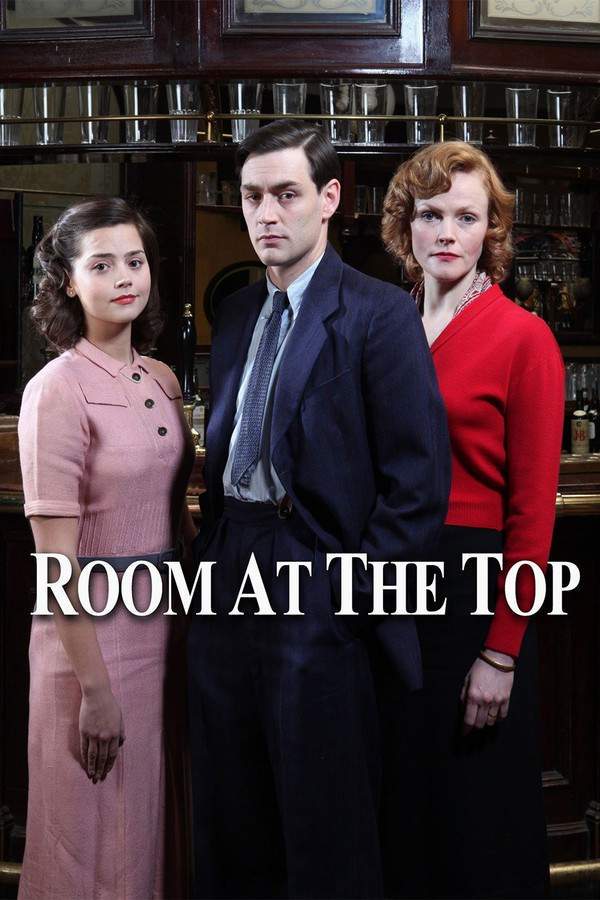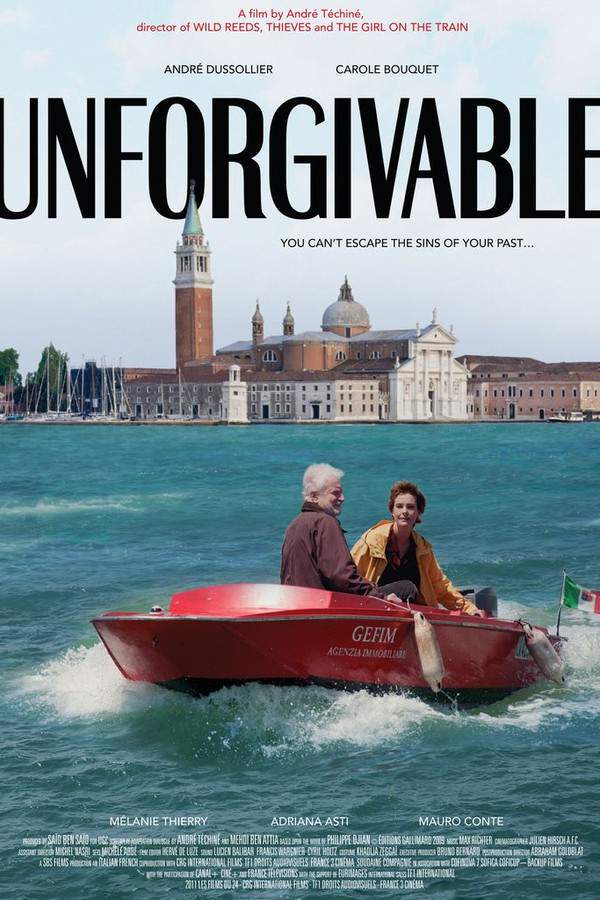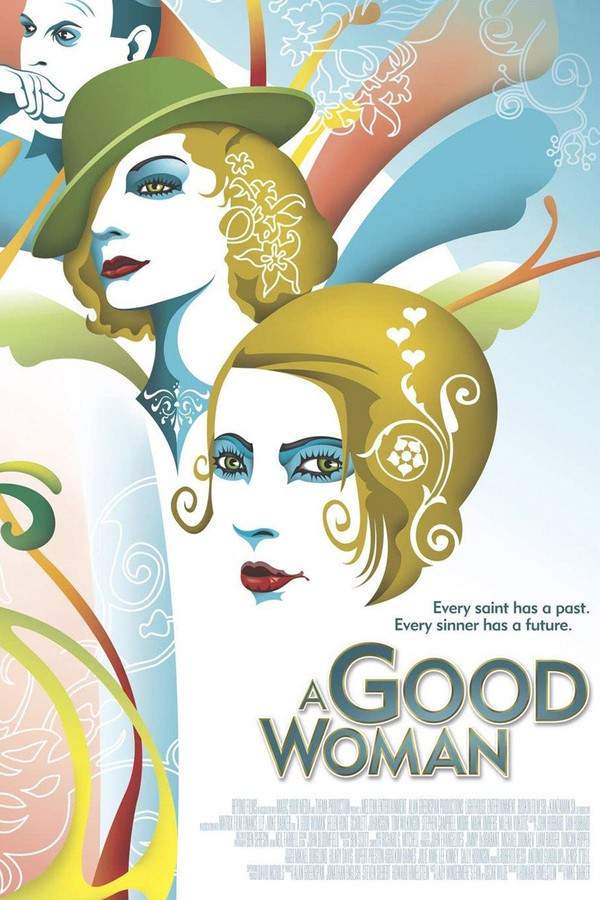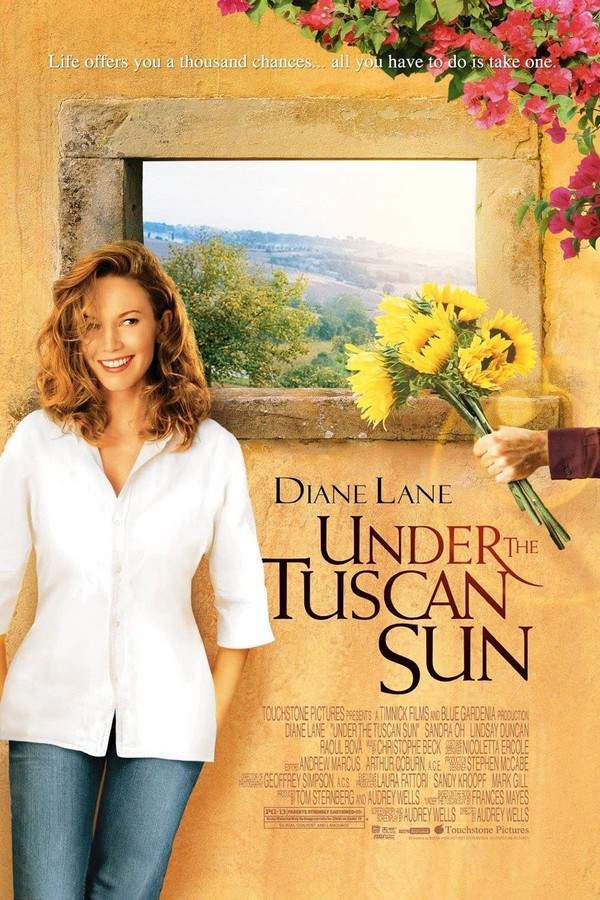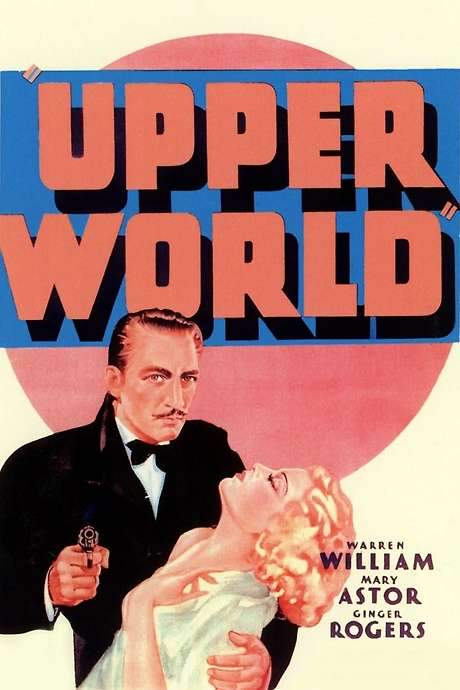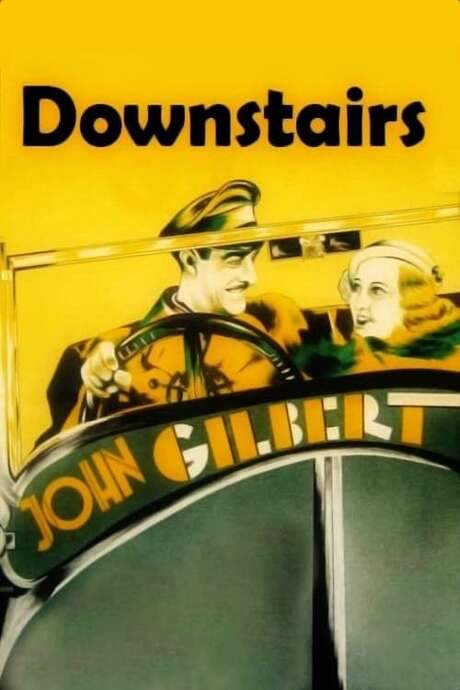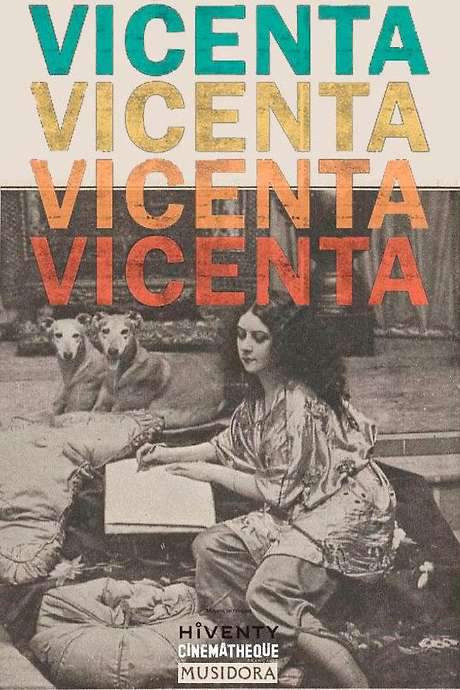Up at the Villa 2000
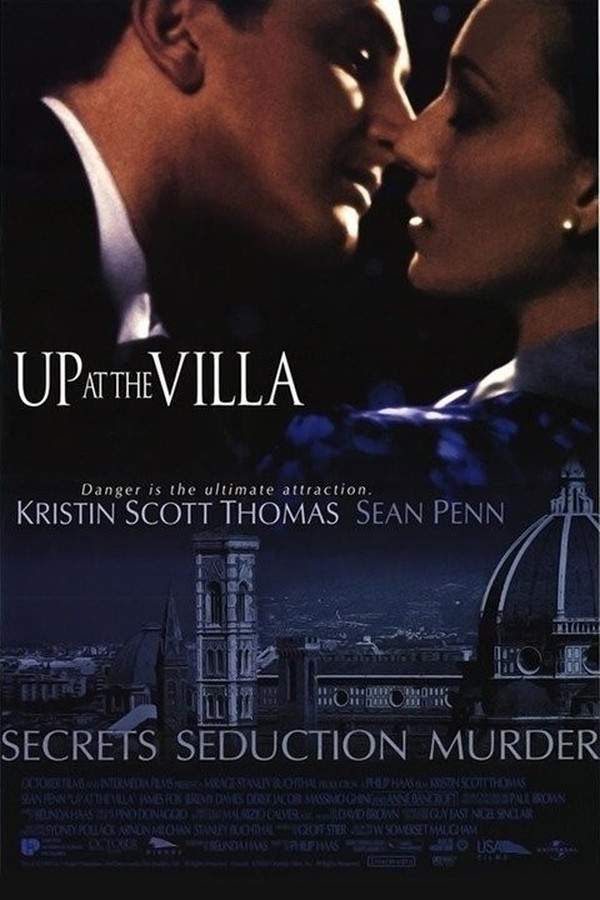
In the Italian countryside, recently widowed Mary Panton finds unexpected attention from a wealthy diplomat. As she adjusts to her new circumstances, she meets Rowley Flint, an American living abroad, and a passionate affair begins. This forbidden romance threatens to disrupt the diplomat's plans and expose secrets within Mary's carefully ordered world.
Does Up at the Villa have end credit scenes?
No!
Up at the Villa does not have end credit scenes. You can leave when the credits roll.
Meet the Full Cast and Actors of Up at the Villa
Explore the complete cast of Up at the Villa, including both lead and supporting actors. Learn who plays each character, discover their past roles and achievements, and find out what makes this ensemble cast stand out in the world of film and television.
No actors found
External Links and Streaming Options
Discover where to watch Up at the Villa online, including streaming platforms, rental options, and official sources. Compare reviews, ratings, and in-depth movie information across sites like IMDb, TMDb, Wikipedia or Rotten Tomatoes.
Ratings and Reviews for Up at the Villa
See how Up at the Villa is rated across major platforms like IMDb, Metacritic, and TMDb. Compare audience scores and critic reviews to understand where Up at the Villa stands among top-rated movies in its genre.

57
Metascore
6.6
User Score


%
TOMATOMETER

0%
User Score

6.0 /10
IMDb Rating

52
%
User Score
Take the Ultimate Up at the Villa Movie Quiz
Challenge your knowledge of Up at the Villa with this fun and interactive movie quiz. Test yourself on key plot points, iconic characters, hidden details, and memorable moments to see how well you really know the film.
Up at the Villa Quiz: Test your knowledge on the film 'Up at the Villa' with this diverse set of questions!
What year is the film 'Up at the Villa' set in?
1938
1945
1920
1960
Show hint
Full Plot Summary and Ending Explained for Up at the Villa
Read the complete plot summary of Up at the Villa, including all major events, twists, and the full ending explained in detail. Explore key characters, themes, hidden meanings, and everything you need to understand the story from beginning to end.
A recently bereaved Englishwoman, Mary Panton, portrayed by Kristin Scott Thomas, finds herself residing at the opulent villa of affluent friends just outside Florence, Italy, amidst the turbulent backdrop of 1938. The day after a gathering to celebrate the Munich Agreement, her old acquaintance, Sir Edgar Swift, played by James Fox, unexpectedly proposes marriage. Although taken aback, Mary requests a few days to contemplate his offer, which he graciously accepts, promising to return from Rome for their discussion.
That evening, as she attends a soirée hosted by her friend, the Princess San Ferdinando, enchanting depicted by Anne Bancroft, Mary crosses paths with the charming but married American, Rowley Flint, brought to life by Sean Penn, known for his roguish demeanor. During the festivities, the entertainment—a violinist, acted by Jeremy Davies, is so inept that the Princess has him dismissed. Moved by compassion, Mary discreetly tips him generously. Rowley offers Mary a ride home, en route to which, they stop at a quaint church. Here, Mary reveals her painful history of being married to an abusive alcoholic who perished in a car accident, leaving her in dire straits. Attempting to get closer, Rowley leans in to kiss her, but she recoils and drives off, her frustration boiling over as she narrowly avoids hitting the young violinist from earlier, who turns out to be Karl Richter.
Feeling a sense of sympathy for Karl, a starving refugee from Austria fleeing Nazi oppression, Mary invites him for dinner. After an emotionally charged evening, she succumbs to temptation, sharing an intimate moment with him, only for him to depart the following morning. The very same day, Mary attends a meeting with fellow English expatriates and local authorities, where Beppino Leopardi, the Fascist official, sternly informs them they must legally register their stay in Italy. Later that night, much to her astonishment, Karl breaks into her room professing his love. However, when she confesses her earlier act was one of “pity,” he erupts with rage, resulting in a chaotic confrontation that tragically culminates in his suicide with the gun she had received from Sir Edgar.
In a frantic state, Mary enlists Rowley’s help to conceal the incident, leading to a heart-pounding moment where they dispose of Karl’s body in the woods, manipulating the evidence to avert any implication of her involvement. Yet their relief is short-lived when Leopardi soon shows up to inform Mary that Rowley has been arrested for possessing an unregistered firearm belonging to Sir Edgar. Fearing for Rowley’s fate, as well as the repercussions for Edgar, Mary cleverly seeks out the Princess. In a bold move, she gets the Princess intoxicated, coaxing her into revealing a past of blackmail against Leopardi involving incriminating financial documents.
Seizing the opportunity, Mary visits Leopardi’s office, brandishing the documents as leverage to secure Rowley’s release. Though he is furious, Leopardi complies, allowing her to bring a wounded Rowley back home. Confession lays heavy on Mary as she admits her feelings for Rowley, yet they acknowledge the impossibility of fidelity and part ways. Later, Mary confides in Edgar, sharing the tumultuous experiences she has faced in recent days. Surprisingly empathetic, he still desires to marry her, albeit acknowledging that accepting her would require relinquishing his esteemed position to prevent a scandal. Realizing she does not love him and fearing for his career, Mary ultimately declines his proposal.
The following day at the station, as Mary embarks on her journey back to London, she is taken aback when Rowley joins her in the train car. Announcing his own plans to travel to Paris, they mutually decide to embark on this adventure together, suggesting a fresh start for their relationship amidst the ebbs and flows of life’s chaos.
Uncover the Details: Timeline, Characters, Themes, and Beyond!

Coming soon on iOS and Android
The Plot Explained Mobile App
From blockbusters to hidden gems — dive into movie stories anytime, anywhere. Save your favorites, discover plots faster, and never miss a twist again.
Sign up to be the first to know when we launch. Your email stays private — always.
Discover Film Music Concerts Near You – Live Orchestras Performing Iconic Movie Soundtracks
Immerse yourself in the magic of cinema with live orchestral performances of your favorite film scores. From sweeping Hollywood blockbusters and animated classics to epic fantasy soundtracks, our curated listings connect you to upcoming film music events worldwide.
Explore concert film screenings paired with full orchestra concerts, read detailed event information, and secure your tickets for unforgettable evenings celebrating legendary composers like John Williams, Hans Zimmer, and more.


Up at the Villa Themes and Keywords
Discover the central themes, ideas, and keywords that define the movie’s story, tone, and message. Analyze the film’s deeper meanings, genre influences, and recurring concepts.
Up at the Villa Other Names and Titles
Explore the various alternative titles, translations, and other names used for Up at the Villa across different regions and languages. Understand how the film is marketed and recognized worldwide.
Similar Movies To Up at the Villa You Should Know About
Browse a curated list of movies similar in genre, tone, characters, or story structure. Discover new titles like the one you're watching, perfect for fans of related plots, vibes, or cinematic styles.
Quick Links: Summary, Cast, Ratings, More

What's After the Movie?
Not sure whether to stay after the credits? Find out!
Explore Our Movie Platform
New Movie Releases (2025)
Famous Movie Actors
Top Film Production Studios
Movie Plot Summaries & Endings
Major Movie Awards & Winners
Best Concert Films & Music Documentaries
Movie Collections and Curated Lists
© 2025 What's After the Movie. All rights reserved.













